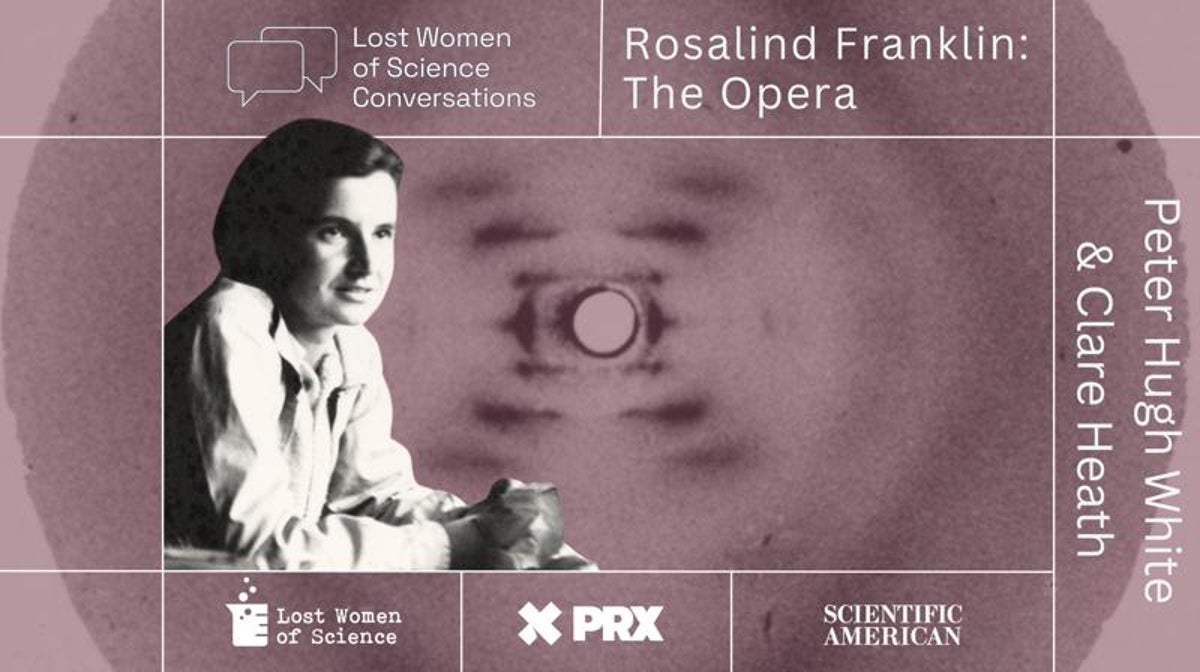
"Welcome to the very first recording of Lost Women of Science in front of an audience. We are here by kind invitation of The Hearth, a London-based women's co-working and well-being space. For those of you new to Lost Women of Science, this is a podcast that tells the stories of forgotten female scientists who never got the recognition they deserved."
"We hear excerpts that capture the contrasting personalities at the center of this scientific dramaJames Watson, then a brash young researcher at the University of Cambridge; Francis Crick, his more measured collaborator; and Maurice Wilkins, an anxious biophysicist who was uneasy about being outshone by his brilliant colleague Franklin. It's a story of ambition, rivalry and betrayal, including Franklin's departure from King's College London and the subsequent publication of the double helix model by Watson and Crick,"
"I had some doubts as to whether this story was sufficiently operatic. You know, there's no love affairs, no murders, but there's suspicion, betrayal, jeopardy, all sorts of things. The sort of core of any good opera. And the more I read about it, and the more I learned about it, the more I felt this is the perfect operatic story."
Rosalind Franklin, a chemist and x-ray crystallographer, produced data that materially contributed to revealing DNA's double helix structure. James Watson acted as a brash young researcher, Francis Crick served as a more measured collaborator, and Maurice Wilkins experienced anxiety about being outshone by Franklin. Professional tensions among these scientists involved ambition, rivalry, suspicion, and betrayal. Franklin departed King's College London before Watson and Crick published the double helix model that incorporated insights from her work. The uneven recognition of Franklin's contributions and the dramatic interpersonal conflicts make the episode highly charged and dramatically resonant.
Read at www.scientificamerican.com
Unable to calculate read time
Collection
[
|
...
]